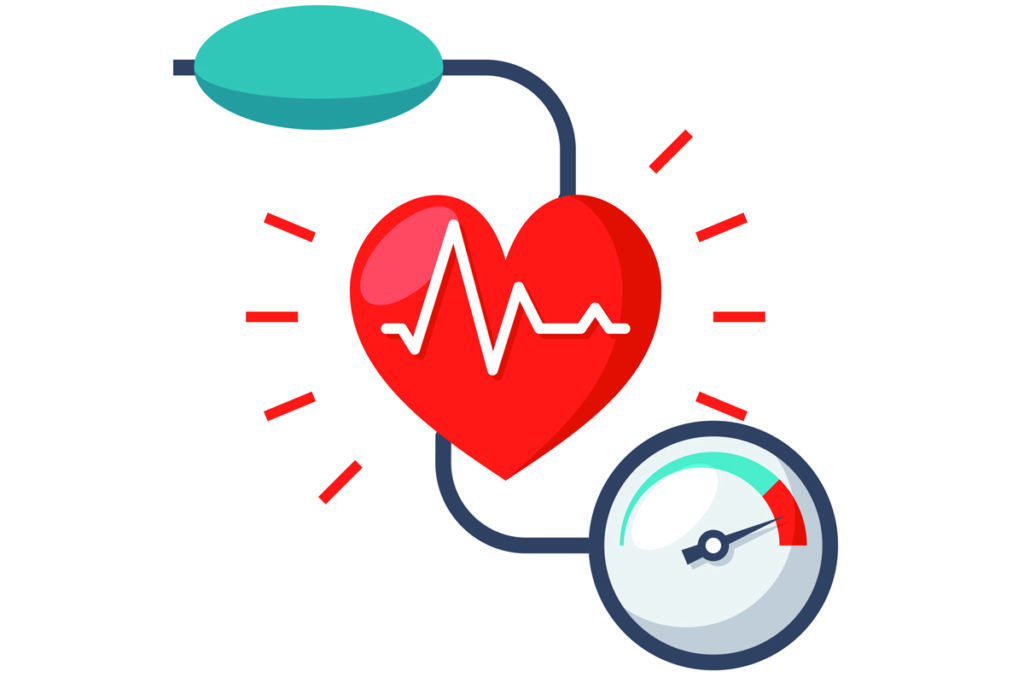Children Have Natural Muscle Endurance
Metabolic reasons why kids really do have tireless energy.

A recent study shows that children are suited to endurance activities, not only because kids have fatigue-resistant muscles, but because they recover quickly from high-intensity exercise—even more quickly than trained adult endurance athletes. Researchers conducted the study to determine whether prepubescent children are metabolically comparable to well-trained adult endurance athletes, since it’s been established that children can complete repeated high-intensity exercise bouts more easily than untrained adults.
Participants consisted of three groups: 8- to 12-year-old untrained boys, untrained men (aged 19–23) and trained male endurance athletes (aged 19–27). Data collection included biometric information for all participants. On two separate occasions, participants performed sprints on a cycle ergometer and underwent a cycling test to determine maximal anaerobic power. Measurements of heart rate, gas exchange, perceived exertion and blood lactate levels were used to determine exertion and recovery rates. Data analysis showed that the children were metabolically comparable to trained adult endurance athletes when it came to postexercise recovery.
Study author Sébastien Ratel, PhD, of Clermont-Auvergne University in Clermont-Ferrand, France, said, “We found the children used more of their aerobic metabolism and were therefore less tired during the high-intensity physical activities. They also recovered very quickly—even faster than the well-trained adult endurance athletes—as demonstrated by their faster heart rate recovery and ability to remove blood lactate. This may explain why children seem to have the ability to play long after adults have become tired.”
The authors suggest that since children have natural aerobic endurance, strategies for improving youth exercise performance could include a focus on movement technique to increase mechanical efficiency. Another priority could be aerobic training during and after puberty to maintain aerobic potential, because natural endurance declines when children enter puberty.
The study is available in Frontiers in Physiology (2018; 9 [387]).
Shirley Eichenberger-Archer, JD, MA
Shirley Eichenberger-Archer, JD, MA, is an internationally acknowledged integrative health and mindfulness specialist, best-selling author of 16 fitness and wellness books translated into multiple languages and sold worldwide, award-winning health journalist, contributing editor to Fitness Journal, media spokesperson, and IDEA's 2008 Fitness Instructor of the Year. She's a 25-year industry veteran and former health and fitness educator at the Stanford Prevention Research Center, who has served on multiple industry committees and co-authored trade books and manuals for ACE, ACSM and YMCA of the USA. She has appeared on TV worldwide and was a featured trainer on America's Next Top Model.






